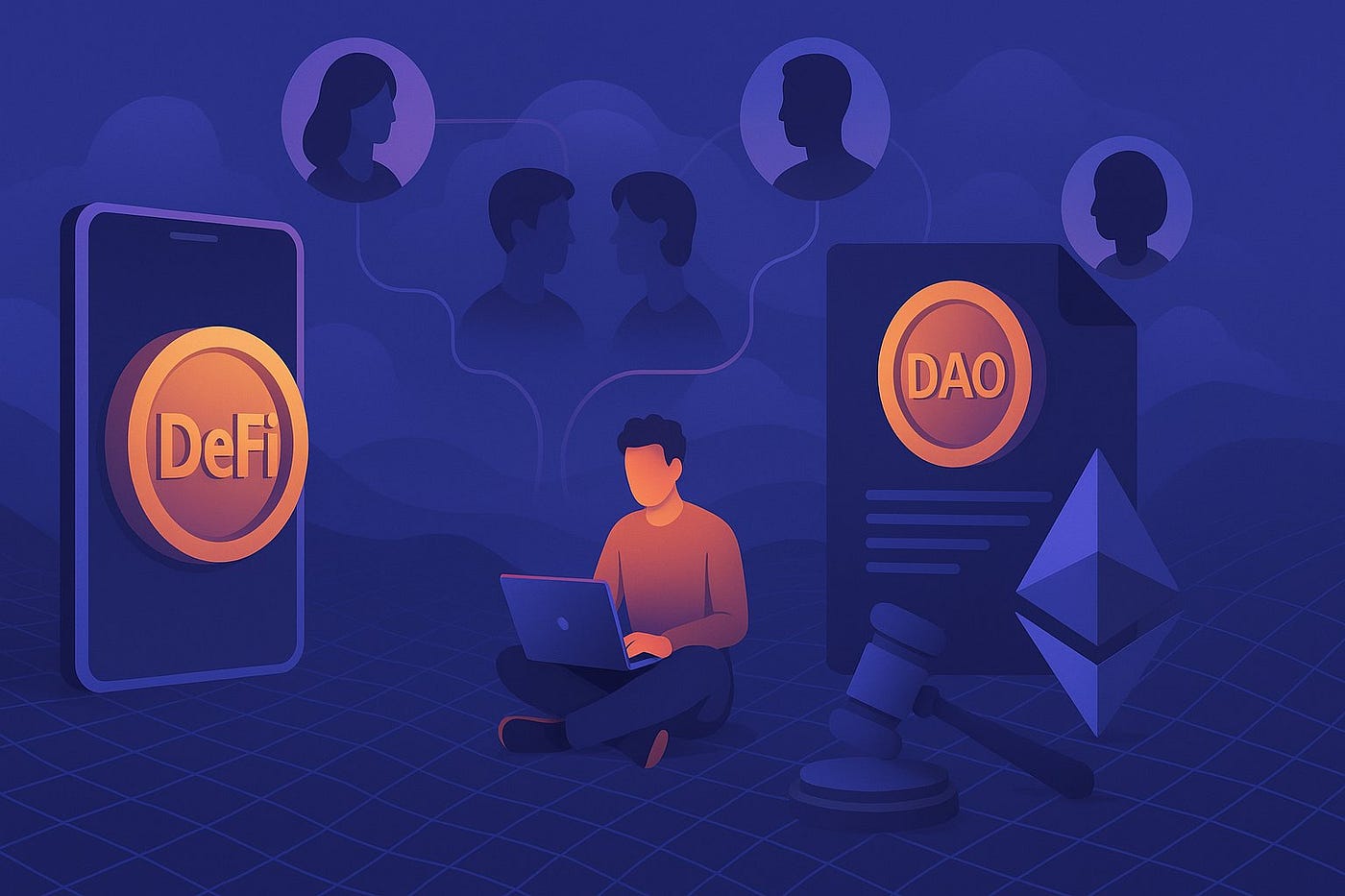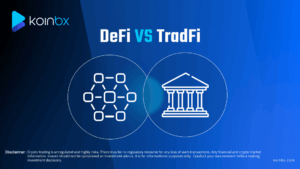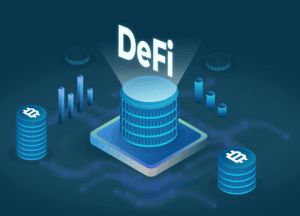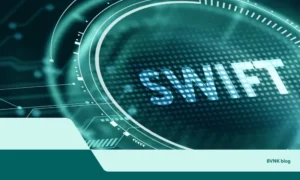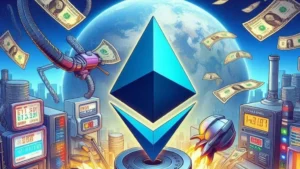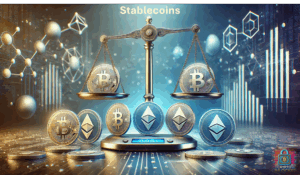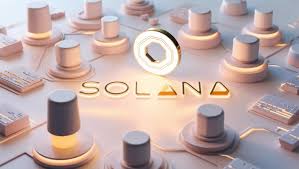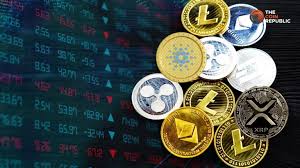The internet is undergoing a profound evolution. As Web2 platforms fade into the background of user discontent—dominated by centralized control, data monetization, and walled gardens—Web3 has emerged as a decentralized counter-narrative. But Web3 isn’t just a buzzword thrown around by blockchain enthusiasts and crypto maximalists. It represents a foundational shift in how the internet operates—and at the heart of this transformation lie three critical innovations: DAOs, NFTs, and DeFi.
These three components form the technological, social, and financial infrastructure of the next-generation web. Together, they enable self-governance, digital ownership, and trustless financial interaction—all without relying on traditional intermediaries. Let’s explore how DAOs (Decentralized Autonomous Organizations), NFTs (Non-Fungible Tokens), and DeFi (Decentralized Finance) are not only reshaping individual industries but collectively laying the foundation for a more open, inclusive, and user-owned digital world.
The Rise of DAOs: Governance Reimagined
“What if organizations could operate without a central authority?” That’s the provocative question DAOs seek to answer. Decentralized Autonomous Organizations are blockchain-based entities governed by code and community consensus rather than CEOs or boards.
At their core, DAOs allow individuals to coordinate and pool resources in a transparent, democratic, and decentralized manner. Smart contracts encode the rules of governance, while token holders vote on proposals—from funding decisions to project directions.
Some notable examples:
- MakerDAO governs the DAI stablecoin and sets interest rates for collateral-backed loans.
- Uniswap DAO steers the development of one of the largest decentralized exchanges in the world.
- Friends With Benefits DAO blends social communities with cultural investments, showing the potential for DAOs beyond finance.
Why are DAOs essential to Web3?
Because they embody the ethos of collective ownership and censorship resistance. They shift control from institutions to individuals—unlocking more inclusive models of collaboration across industries, from gaming to philanthropy.
“DAOs are not just replacing managers—they’re redesigning what organizations look like in the digital age.”
NFTs: More Than Just JPEGs
Once dismissed as speculative art fads, Non-Fungible Tokens (NFTs) have proven their utility far beyond monkey pictures and pixelated punks. NFTs represent unique, verifiable ownership of digital assets—secured on a blockchain and immune to duplication or forgery.
What sets NFTs apart is their ability to tokenize anything—from art, music, and virtual land to academic credentials, memberships, and even identity.
Some compelling real-world use cases include:
- Gaming: Titles like Axie Infinity and Gods Unchained allow players to truly own and trade in-game assets.
- Ticketing and Events: NFT tickets can eliminate fraud while enabling resale royalties for event organizers.
- Loyalty and Memberships: Brands are issuing NFT-based memberships that offer exclusive access, rewards, or digital perks.
More than just collectibles, NFTs offer programmable ownership with built-in royalties, access rights, and interoperability. This makes them a core pillar of the Web3 experience—empowering creators, dismantling exploitative middlemen, and creating novel revenue models.
“NFTs are redefining digital ownership, enabling a future where your identity, assets, and credentials are securely in your control.”
DeFi: The Backbone of Financial Freedom
If DAOs redefine governance and NFTs reimagine ownership, DeFi (Decentralized Finance) transforms the very plumbing of our financial system. DeFi is a suite of open financial products and protocols that operate without banks, brokers, or middlemen.
Built primarily on Ethereum, DeFi platforms allow anyone with an internet connection to:
- Lend and borrow assets without a credit check.
- Earn yield through liquidity provision or staking.
- Trade tokens directly on decentralized exchanges (DEXs).
- Hedge risks using synthetic assets and decentralized insurance.
The power of DeFi lies in its composability—protocols can interconnect like Lego blocks, allowing developers to create complex financial services that are global, permissionless, and programmable.
Notable platforms include:
- Aave (lending/borrowing)
- Curve Finance (stablecoin trading)
- Compound (interest-earning markets)
- Synthetix (derivatives)
However, DeFi isn’t without challenges. Security vulnerabilities, regulatory uncertainty, and scalability bottlenecks remain key concerns. Still, with trillions in value locked and thousands of developers building in the space, DeFi is here to stay—and it will likely serve as the financial layer for the rest of the Web3 stack.
“DeFi makes financial inclusion possible at scale—where anyone, anywhere can be their own bank.”
Interconnected Pillars of a New Digital World
What makes DAOs, NFTs, and DeFi truly powerful is not just their individual contributions—but their interconnected nature. Together, they create a fully functional, user-owned ecosystem:
- DAOs can govern NFT projects and allocate DeFi treasuries.
- NFTs can act as DAO membership credentials or unlock access to DeFi yield farms.
- DeFi protocols can accept NFTs as collateral, while DAOs govern protocol changes through token-based voting.
This triad of technologies allows Web3 to go beyond theory. We’re already witnessing decentralized art collectives, community-governed investment funds, and blockchain-based play-to-earn economies—all built atop these primitives.
As these pillars evolve, interoperability, scalability, and user experience will define the next phase of adoption. Tools like Layer 2 solutions, cross-chain bridges, and wallet integrations are making it easier for users to interact with these technologies—whether they’re minting NFTs, participating in governance, or earning yield on idle assets.
Final Thoughts: The New Web Is in Your Hands
Web3 is not a single protocol or platform—it’s a movement toward empowering users and disintermediating institutions. DAOs give you a voice. NFTs give you ownership. DeFi gives you control.
Each of these pillars brings us one step closer to an internet that is open, permissionless, and user-centric. But they also come with responsibilities—vigilance against scams, thoughtful governance, and continuous innovation.
The Web3 future isn’t some distant dream—it’s unfolding now. And whether you’re a creator, investor, developer, or enthusiast, you have a role to play in shaping it.
“Web3 isn’t just the next version of the internet—it’s a revolution in how we coordinate, create, and connect.”

